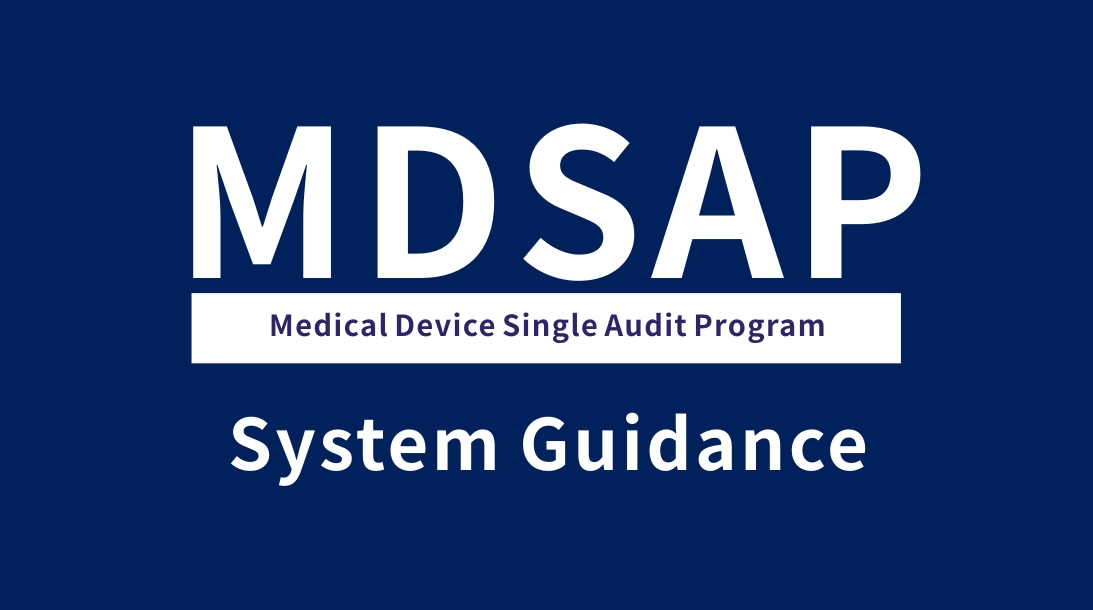MDSAP is the acronym of the English Medical Device Single Audit Program, which is translated into Chinese as "medical device single audit procedure" or "medical device Integrated audit sequence" or "medical device multinational joint audit". MDSAP was initiated by IMDRF (International Medical Device Regulators Forum).
Regulators in the United States, Australia, Brazil, Canada, and Japan joined the "Medical Device Single Audit Program (MDSAP)" project and piloted it. The purpose of this procedure is to establish a single audit process, meet and unify the audit requirements of the above countries, and make the audit more comprehensive and effective.
On January 1, 2015, production companies interested in the markets of the United States, Australia, Brazil and Canada were invited to participate in the project. Last summer, Japan officially became a member of the MDSAP, and manufacturers interested in the Japanese market will also be invited.
MDSAP is audited by a third party, and medical device regulatory authorities in participating countries can use this audit report as a basis for judgment. MDSAP not only reduces the routine inspection work of the regulatory authorities, but also enables the supervisory authorities to share the same and reliable audit results. Because the regulatory body recognizes the audit results of MDSAP, the production company can reduce the number of audits by different regulatory bodies and reduce the production disruption caused by the audit. The introduction of MDSAP has made the audit process internationally standardized and reduced the burden on production enterprises.
MDSAP audits are conducted in accordance with the existing medical device quality system regulations of participating countries without additional requirements. In the vast majority of cases, the requirements of various countries adopt harmonized standards or similar standards, such as: Medical device quality management systems are used for regulatory requirements (ISO 13485:2003), Good Manufacturing practices in Brazil (RDC ANVISA 16/2013), U.S. Quality System Specifications (21 CFR Part 820) and other specific pre-market and post-market surveillance requirements in MDSAP participating countries. The U.S. FDA accepts MDSAP audits in place of routine FDA inspections, and conducts MDSAP audits every two years for all categories of medical devices, including in vitro diagnostic devices, but pre-market audits (PMA) and complaint inspections cannot be replaced by MDSAP.
Through the continuous participation of production enterprises, the MDSAP project will be gradually improved and is expected to be officially operational in 2017. MDSAP will enhance the credibility of third parties, promote the harmonization of national regulations and audit standards, and expand the global safety net for patient protection.
Since the beginning of 2017, after the United States, Canada and other countries announced the recognition of MDSAP, the medical device quality management system audit has entered the era of multinational joint audit. The implementation of MDSAP has improved the supervision efficiency of the competent authorities, reduced the quality management costs of enterprises, but also increased the difficulty of meeting the audit. Since IMDRF began working on MDSAP, it has developed a number of procedures such as third-party accreditation, audit methods and audit tasks, and audit report approval, but the basis of the audit is directly referenced to the relevant standards and regulations of MDSAP participating countries. If the medical device is sold to multiple MDSAP participating countries at the same time, then the applicant must meet the requirements of ISO13485:2016, the national medical device quality management system regulations for multiple purposes and other relevant regulations, which is undoubtedly a huge challenge for medical device companies.
Who recognizes MDSAP certification?
The five participating countries recognized the following levels:
America: alternative to routine FDA inspections (except for FDA-specific and PMA products);
Brazil: For Class III and IV medical devices, ANVISA's pre-market GMP inspection can be replaced, as well as routine post-market inspection (except for special inspection);
Japan: For Class II, Class III, Class IV medical devices, on-site factory audit can be exempted;
Canada: MDSAP certificate replaces CMDCAS certificate from 2019, as the only effective proof of compliance of quality management system when classified in Class II and above products enter the Canadian market;
Australia: Exempted from TGA audit and supports the issuance and maintenance of TGA compliance audit certificates
MDSAP certification process
1) The enterprise shall identify MDSAP regulations and establish a quality management system that complies with MDSAP requirements
2) Submit the certification application to the audit organization (AO) and sign the certification contract;
3) Audit agency (AO) to the enterprise site audit;
4) The enterprise shall make rectification according to the rectification items proposed by the audit organization (AO) and submit the rectification plan;
5) The audit organization (AO) reviews the rectification of the enterprise;
6) After the audit is passed, the audit organization (AO) will issue the MDSAP certificate.
As a global professional technical service provider of medical device regulations, Lingfu Technology can provide services:
1)MDSAP special training service;
2) Guide enterprises to establish quality management system in line with MDSAP requirements;
3) Analyze the gaps between existing systems and regulatory requirements;
4) Simulated audit to help enterprises identify weak links;
5) On-site accompanying audit:
6) Guide the enterprise to rectify and reply to the rectification after the audit




